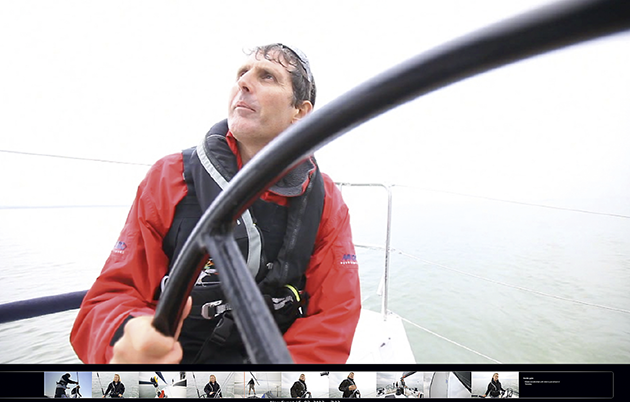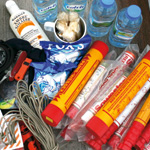Whether you are just hatching a plan for your first crossing or setting off tomorrow on your 20th, our experts Chris Tibbs, James Anderson, Mike Kopman, Jeremy Wyatt and Dan Bower will provide you with solid constructive advice on sailing across the Atlantic.
30 expert tips for crossing the Atlantic: 21-25
21. Carry plenty of fuel
You can’t have too much on board for an ocean crossing, even if you are planning to sail all the way. If you do encounter light winds, a bit of strategic motoring can help you punch through and shave a lot of time of your passage.

Take a few jerrycans in addition – you’ll need them anyway if you’re planning on going further afield as fuel is sometimes a taxi ride away. Give some consideration to how you are going to transfer fuel from jerrycans at sea, advises Dan Bower. “That can be a skill. Forget funnels and pouring,” he says, “your best options are a portable transfer pump, or force a siphon with a dinghy pump and hose pipe.”
22. Sharpen up helming skills
“Make sure all your crew become experienced helmsmen; autopilots can and do fail,” advises James Anderson. There are other benefits to crew spending at least some portion of their watch steering. They will keep a better lookout, will be in better touch with the boat and sea conditions and they’ll soon know if the boat isn’t properly trimmed.

Sail faster, sail safer advanced techniques series Part 5: Helming skills
23. Switch off the autopilot now and then
For the same reason, even if you run on autopilot, take the helm from time to time to ensure the boat is nicely balanced. It will save a lot of loads on the rudder bearings and autopilot ram, as well as electrical power, and be kinder on the boat.

How to set up your autopilot to sail faster, more comfortably and be more efficient
If using the autopilot, keep it in windvane mode downwind. “This way when a squall comes through the boat will adjust the course and prevent an accidental gybe,” says Dan Bower.
24. Take back-up navigation
Do take paper charts, just in case you have power failure – one ARC boat lost almost everything electrical one year after she was struck by lightning. Carry a spare battery-powered GPS “and keep it in a tin to protect it against lightning-induced EMP,” says James Anderson, who adds: “A once-a-day fix from a handheld GPS that costs less than £100 is far more accurate than even a professional navigator can achieve with a sextant.”

Why paper charts still have a place alongside iPad and electronic navigation
25. Involve crew in preparing a grab bag
“It’s not something you pay much attention to most of the time, particularly if you’ve been coastal sailing, but the grab bag almost always needs some attention before a long trip,” says Mike Kopman.

Keeping safe for ocean cruising – it’s an attitude of min, says Chris Tibbs
“Empty it out, go over all the contents and repack it carefully. If you’ve got the time, doing this with all the crew will get everyone thinking about safety and maybe bring up some new ideas about what should go into the bag.”




